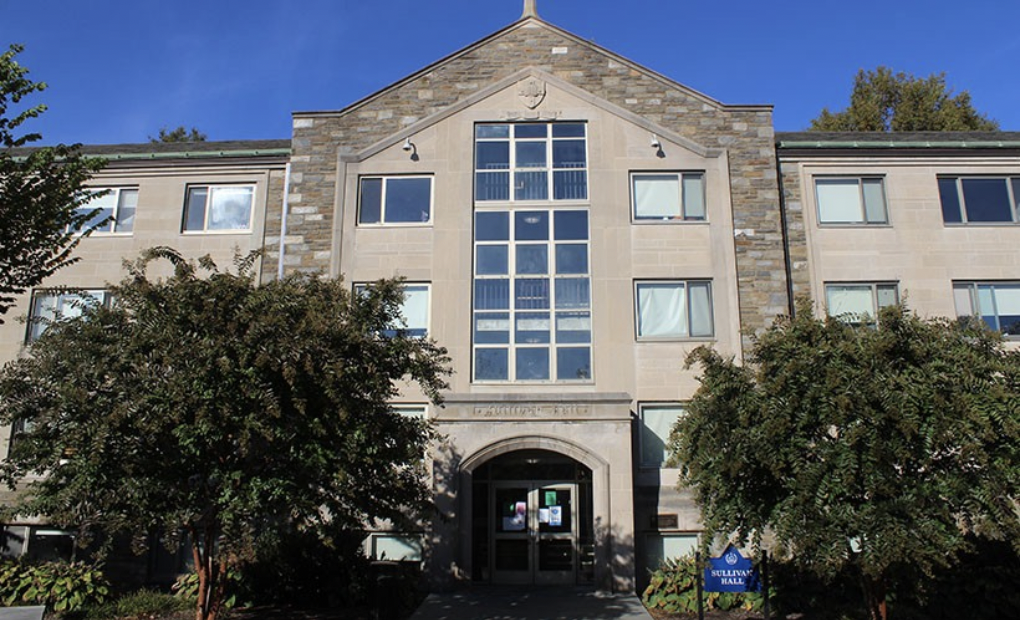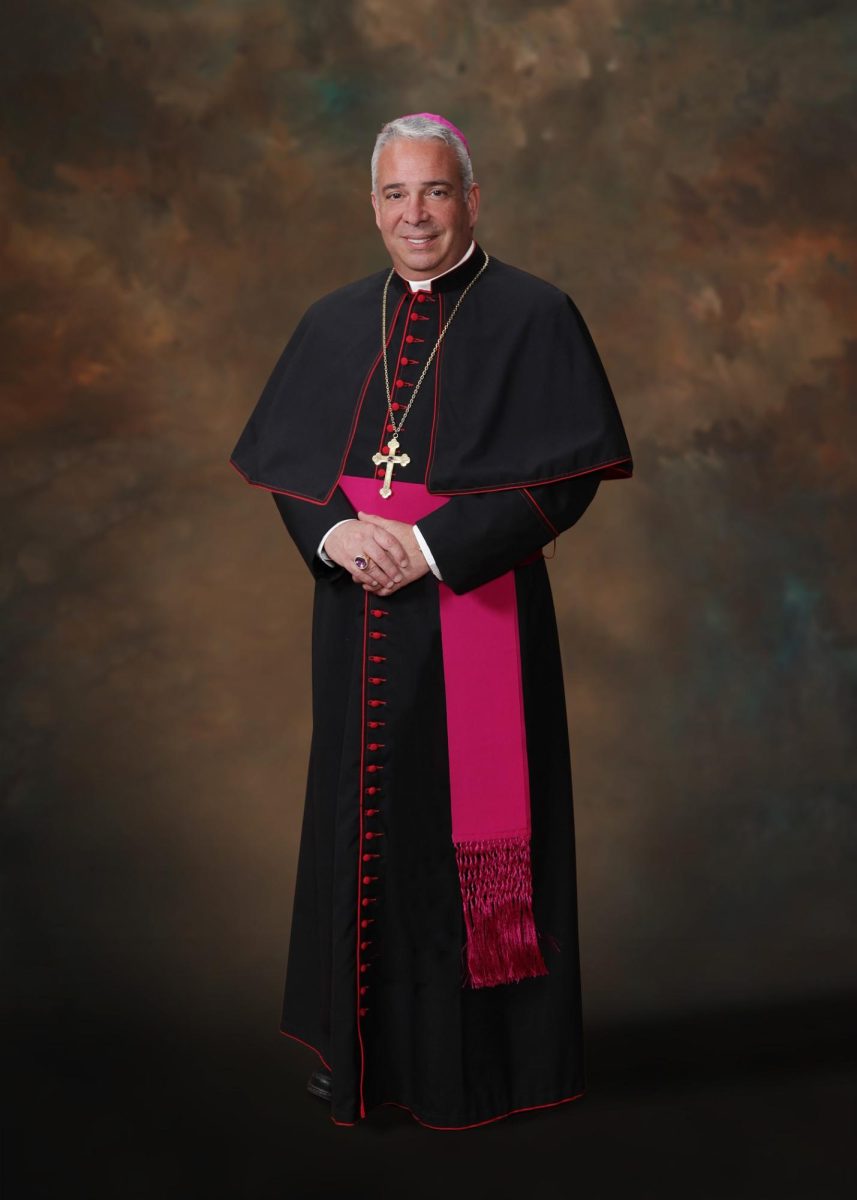In a huge milestone for the school, Villanova launched a mini satellite into outer space last Saturday. The satellite was part of the launch of SpaceX’s Transporter 9 project, which carried over 100 satellites. It is planned to be in orbit for around four years, and organizers plan on using blockchain technology to transfer discoveries and information from one satellite to the next.
Villanova professor and CEO of the research institute “Internet Think Tank” Hasshi Sudler was the head of the project. He was able to provide plenty of information on the project’s details.
“The process really kicked off in April of this year, once we were able to get some support and licensing from a client,” Sudler said. “Each and every one of the parts of the process had to happen quickly, because we were shooting for a fourth-quarter launch with SpaceX. [It] was initially planned to be on Oct. 1 before it was postponed to November.”
“We had six months to put this together, and satellites usually take around two years to complete,” Sudler said. “However, we had a very good team of software engineers and systems engineers, which helped a lot.”
In terms of the difficulty of assembling the satellite, Sudler said that “assembling all the parts together was really tough because when you’re trying to meet a date six months later, there will be lots of deadlines to meet along the way. SpaceX has strict launch deadlines. They wanted the satellite to be finished, ready, and vibration tested three months prior to launch. That’s difficult to do because it means you only have three months to pull the satellite together and do the vibration test, meaning you don’t have much time to do the internal tests and manufacturing that needs to be done before the vibration tests.”
Sudler was immensely proud of his team and their work.
“Overall, we did a tremendous amount of work in about four months to get the satellite fully put together and tested before submitting it to SpaceX for launch,” Sudler said.
After providing an extensive summary of the manufacturing, testing, and launching process of the satellite, Sudler also gave plenty of information on the future for this satellite, and the potential for others in the near future.
“Now that the satellite is in space, one of the first things needed is communication establishment,” Sudler said. “It can take longer than imagined finding the satellite and communicate with it. NORAD (North American Aerospace Defense Command) tracks all the satellites that are in space, and it’s tracking all of the ones that were launched in the SpaceX November launch. We’re currently waiting for their tracking information while also trying to track it ourselves.”
Sudler and the rest of the organizers have big plans for the future.
“For the longer term, we’re looking at building a constellation of satellites,” Sudler said. “This one will be out for around five years, and we will do blockchain experiments to test how transactions are sent to a constantly moving satellite. We’re also testing the effects of radiation on the satellite and specifically on the blockchain. As we put up future satellites, the future ones will talk to the first one. This will allow the first satellite-to-satellite communication. A network of inter-satellite communication is a new architecture which we’re aiming for.”
Having this communication could have a massive impact. Sadler believes that it could have an impact on Earth, even from outer space.
“[The] satellites can collect data, images of the earth, radiation data, etc. They’ll then be able to send and transact the information between satellites,” Sudler said. “This even makes way for inter-satellite commerce, which will give the ability to sell data from one satellite to another. The data can then be designed and customized for whatever is being looked for on Earth.”
Overall, Sudler and Villanova’s project is not only already a huge success and a large step forward, but it’s just the beginning of a fascinating new era of projects, which contains never-before seen innovation. It’s a huge step for Villanova, even though there is more to come.
“That’s essentially the network that we’re aiming to build,” Sudler said, “and this is the start of the constellation that we’re aiming to build.”






